A great many of my umbelliferous plants are going to flower now and seed now, making it a perfect time to save seeds for new plantings. You probably have some umbelliferae in your garden too! It is a big word, for a big family, but it basically means fragrant plants that have an upside down umbrella-like flower.
A quick botany lesson
Plants belonging to the umbelliferae family are known as the carrot or parsley family, and make up a group of mostly aromatic herbs. A defining characteristic of these plants are that they flower in a simple or compound umbel. An umbel is a flower made up of a number of short, equal in length, flower stalks radiating from a single point – see images below.


Umbelleferae in your garden
Now that you see what it looks like, you can probably identify a couple of herbs in your garden that fall into this family – here is a list of just a few that are commonly grown:
- Angelica (Angelica archangelica)
- Anise (Pimpinella anisum)
- Caraway (Carum carvi)
- Carrot (Daucus carota)
- Celery (Apium graveolens)
- Chervil (Antrhiscus cerefolium)
- Cicely (Myrrhis odorata)
- Coriander (Coriandrum sativum)
- Cumin (Cuminum cyminum)
- Dill (Anethum graveolens)
- Fennel (Foeniculum vulgare)
- Lovage (Levisticum officinale)
- Parsley (Petroselinum crispum)
- Parsnip (Pastanica sativum)
Besides saving seeds, or letting your herbs self-sow, there is also another important reason to let these plants bolt (grow a flower stalk to produce umbels, and eventually seeds) – and this reason is apparent in their alternative family name Apiaceae. Apis = bees. Bees love to forage on the flower nectar, and the umbels are also great spots for other beneficial insects to rest, refuel and hide.
How to harvest umbelliferae seeds
Harvesting seeds from these plants are really easy, as the umbels of flowers ripen into clearly distinctive seeds which can easily be rubbed off when ripe. I wait until the seeds are ripe (browning or darkening) on the plant and just pinch a bunch between my thumb and fingers and rub them – seeds that are ripe will easily come off, and can be caught in a bag or your other open hand. Alternatively, the whole umbel head can be cut off and shaken into a bag. Keep saved seed in a cool and dry place until you are ready to sow them.
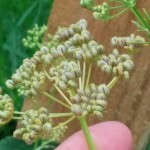


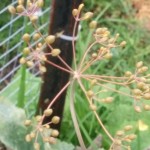

A note on safety with umbellifereae
There are some really poisonous plants in the carrot family too, e.g. poison hemlock and water dropwort, so don’t harvest umbellifereae from the wild…

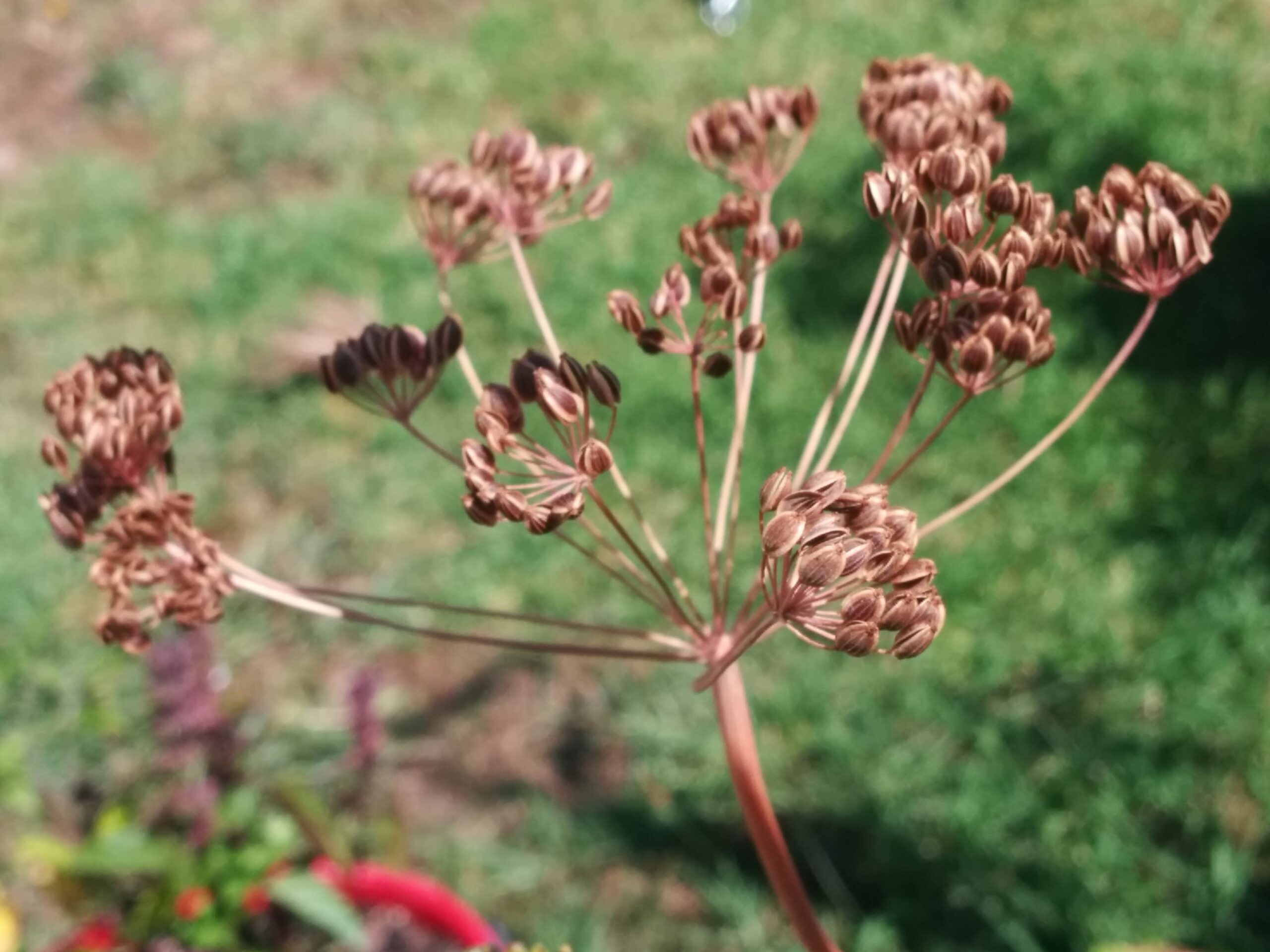

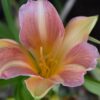
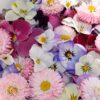
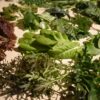
1 Comment
This is really useful, thanks.